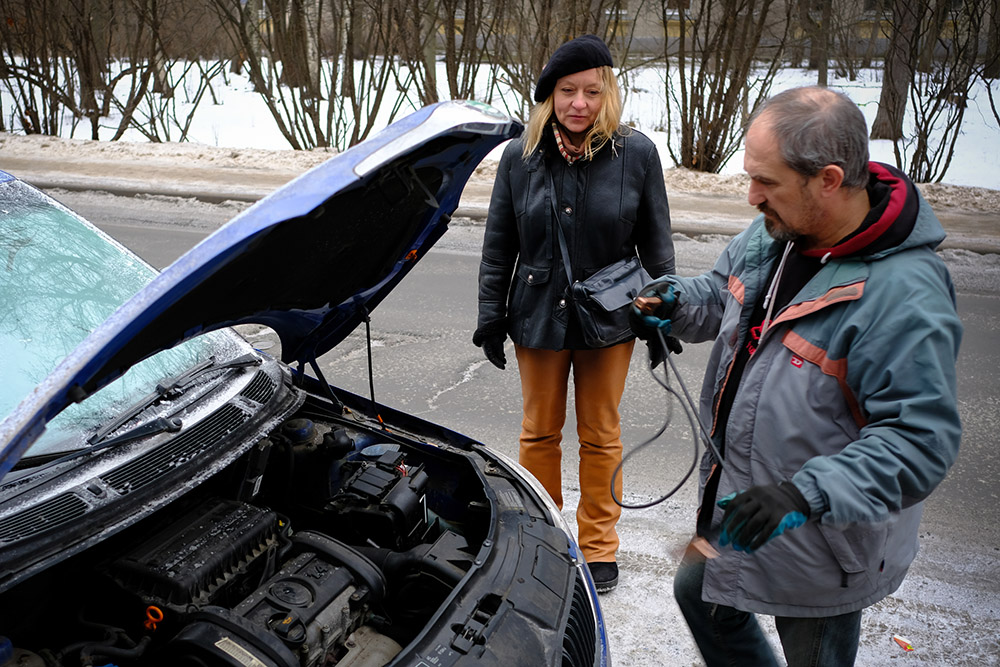Don’t Get Frosted By Ignoring A Weak Battery

Your battery may have performed like an Olympic athlete all summer and a thoroughbred throughout fall. Now that winter of 2021 has whistled and roared it’s way into the New Year, your vehicle battery may be getting a bit wobbly in its electronic knees.
How can you find out?
A good battery can turn bad overnight, especially in cold weather. Following some basic health tips can improve the life of your car’s battery.
Automobile batteries are made of lead and plastic components. They contain an electrolyte solution of sulfuric acid and water. Every time you turn your car key, the electrolyte solution delivers a short burst of high power.
According to Battery Council International, most automobile batteries manufactured today are maintenance-free. That is, you do not check fluid levels or add fluid. Battery manufacturers provide instructions with their products and all motorists should follow those instructions to assure battery health.
“If a battery cap is designed for opening, you can do it without much effort,” says Randy Hart, president of BCI and head of Superior Battery Manufacturing in Russell Springs, Ky. “Forcing or prying these caps open may destroy or permanently damage the battery.”
BCI suggest following these battery guidelines:
- Ask your service advisor to check battery fluid. Some batteries have removable battery caps. Others carry a “magic eye” – a small, round device that floats to the top of the electrolyte. Or the battery may be designed as a translucent case so you can check without opening the caps.
- Have your vehicle’s charging system checked at the same time you are servicing the battery. Problems in your vehicle electrical system can cause a battery to dry out and fail prematurely.
- Find out what kind of battery your car uses. “Maintenance free” batteries do not require adding fluid. Look for user guidelines or a label that warns against opening battery caps. Although it may appear removable, the battery cap may be glued or locked in place.
- Request more fluid if needed (maintenance accessible batteries only). If you are traveling and see the water level has dropped, use a small amount of distilled water.
- Do not use tap water for filling batteries. According to Battery Council, tap water may contain chlorine or other chemicals that can change electrolyte composition.
- “Maintenance accessible” batteries may require adding water in hot climates or high heat. Look for a battery label and follow manufacturer guidelines.
- Do you notice crust on your battery terminals (where cables are attached to the battery)? Ask your service advisor to clean them and make sure the connections are tight.
- Are the terminals themselves and cables free of corrosion? Corroded terminals can be cleaned with a brush (such as a discarded toothbrush) and a light paste of household baking soda and water.
- Replace the battery if needed. Batteries eventually fail even if properly maintained. Make sure to get a compatible replacement capable of handling your vehicle's electronic load.
“In a properly designed, voltage-regulated system, water loss should not cause maintenance-free batteries to fail,” Mr. Hart says. “Lead-acid batteries satisfy our voracious appetite for clean, recyclable and recycled energy under the hood, and there’s no mystery to keeping them in top form.”
For additional information on battery maintenance, check out these web sites: